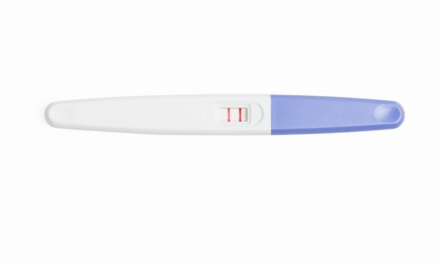Many people turn to natural health remedies in an effort to improve their health, and diabetes is no exception. There is a lot of confusing information on the internet about these products, so I’m thrilled that the 2018 Diabetes Canada Clinical Practice Guidelines has systematically updated their review of the available medical literature on herbal remedies for diabetes, and summarized this in a fantastic chapter that also includes evaluation of other therapies such as yoga, acupuncture, and reflexology.
People with diabetes: if you are taking a natural approach as part of your diabetes management, read on!
Health care providers: anywhere from 25% to 57% of people with diabetes report using complementary medicine or alternative medicine – so this discussion will be highly relevant to anyone’s practice.
Check out the lists in the chapter to look for data on a particular remedy. Here’s a summary:
- About 30 natural health products have been shown to improve type 2 diabetes control – but – noting that these are mostly single and small trials, it is premature to recommend their widespread use, and further research is needed. This includes ginger, nettle, and a list of Chinese herbs, amongst others.
- A list of supplements that did NOT show improvement in type 2 diabetes control, or had studies less than 3 months, or were non randomized or non controlled. This includes ginseng, flaxseed oil, soy phytoestrogens, vitamin C, vitamin E, vitamin D, and others.
- A list of supplements that have shown conflicting results for diabetes control, including cinnamon, coenzyme Q10, omega 3, probiotics, and zinc.
- Chromium gets special attention due to its popularity – with studies being small, short, with most not showing a benefit to improve diabetes control. Studies of vanadium are too short to tell if it improves diabetes control or not.
The chapter goes on to review data on natural products for treatment of complications of diabetes and other cardiovascular risk factors like cholesterol and blood pressure. While there is some interesting data, the studies are again short and small, making strong conclusions difficult.
Importantly, the Guidelines warn us that side effects and toxicities have been reported with some natural remedies, giving examples ranging from diarrhea to liver failure to inducing abortion. Concerns exist about standardization and purity of these compounds. Some natural health products contain pharmaceutical ingredients, and even toxic substances. Herbs can also interact with prescription medications, which can be dangerous. Again, the theme is that studies are too small and short to really understand safety of natural remedies in general.
Yoga has shown some benefit in diabetes control, but acupuncture and tactile massage have not. The chapter also reviews a smattering of data that exist looking at tai chi and reflexology – have a read of the whole chapter to get into these details.
Key Messages:
Some natural products have reported a lowering of A1C of 0.5% or more in trials lasting at least 3 months in adults with type 2 diabetes, but most of these are single, small trials that require further large scale evaluations before they can be recommended for widespread use in diabetes.
A few more commonly used natural health products for diabetes have been studied in larger randomized controlled trials and/or meta analyses, and have refuted the popular belief of the benefits of these compounds.
Health care providers should always ask about the use of complementary and alternative medicine as some may result in unexpected side effects and/or interactions with traditional medicines.
Key Messages For People With Diabetes:
Although some complementary and alternative medicines may have the potential to be effective, they have not been sufficiently studied, and others can be ineffective or even harmful.
It is important to let your health care provider know if you are using complementary and/or alternative medicines for your diabetes.












